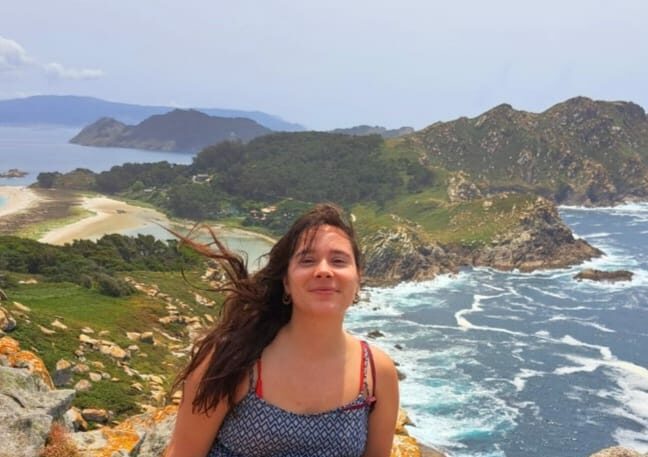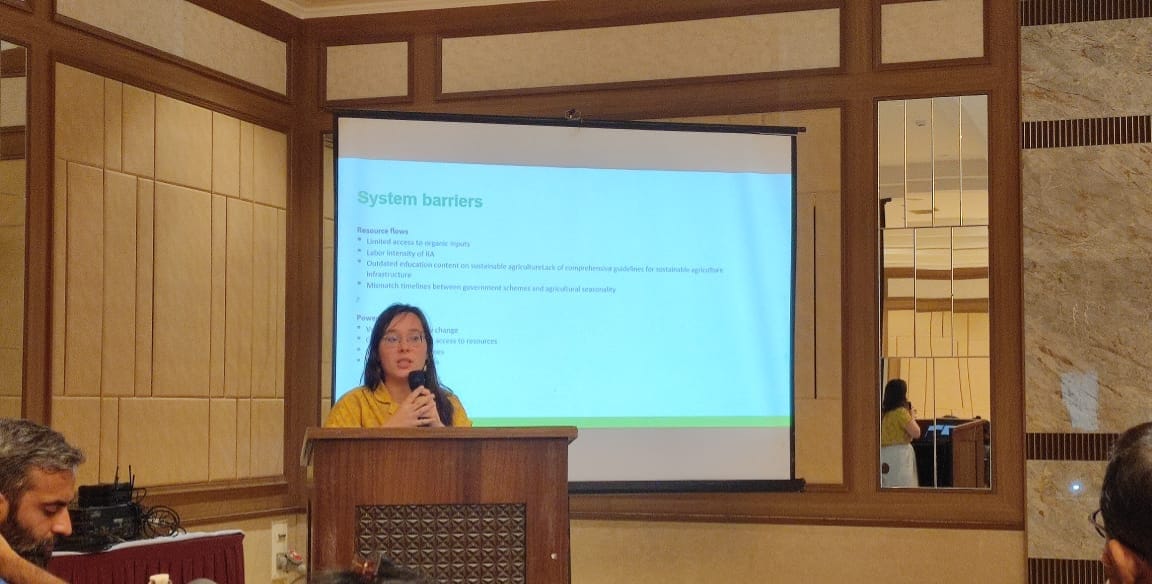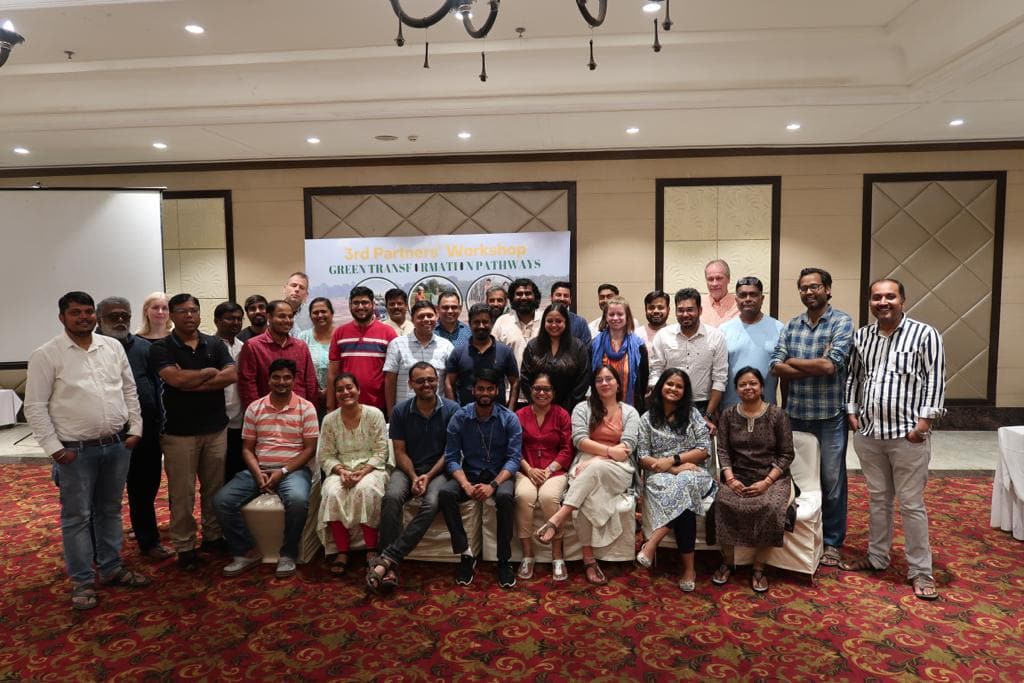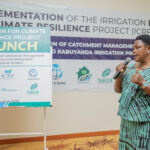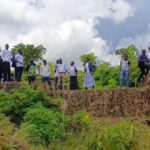A conversation with AidEnvironment’s regenerative agriculture coordinator

For many of us not actively engaged in this field, the term regenerative agriculture is not something we hear often. To get better acquainted with the concept, we sit down with Marina Vara Gutiérrez, the Program Coordinator for Regenerative Agriculture and Agroforestry from our Landscape Management team. Apart from learning more about regenerative agriculture, we also find out more about her role and projects at AidEnvironment, as well as what draws her to this field.
How did you become interested in this field of work (agriculture, the sciences)? Was this something you’ve always wanted to do?
Marina: Since I was little, I have always been drawn to the natural world. I was fascinated by nature and landscapes, and the processes that sustain them. I wanted to understand all the different dynamics and interactions. Initially, I aspired to be a naturalist, traveling the world to discover new plants and animals. Later on, I discovered the impactful work of environmental NGOs and consultants, and ever since, I have been set on this path!
My interest in regenerative agriculture developed further in my academic journey when I started working on the interplay of conservation and sustainable agriculture with Spanish farmers.
If you weren’t in this line of work, what else would you be doing instead?
At one point, journalism also crossed my mind. However, if you asked me today, I would most likely be involved in group processes, facilitation, teaching, or group therapy. I truly enjoy supervising students and supporting them in their learning journeys!
Tell us more about regenerative agriculture (RA) and how this factors into your work.
Regenerative agriculture is a hot topic at the moment! Everyone is talking about it: donors, starts-ups, social movements, farmers. It a very broad concept, but to keep it short, let’s say that RA is an agronomic approach that aims to restore or enhance the natural capital of our farm ecosystems. It aims to improve soil health, increase biodiversity, and strengthen the resilience of farming ecosystems. Unlike conventional agriculture, which often depletes resources, regenerative practices work with nature to rebuild soil organic matter and restore degraded soil biodiversity.
This concept isn’t entirely new. The term “regenerative agriculture” itself emerged more prominently in the 1980s, largely influenced by the work of pioneers like Robert Rodale, who advocated for farming practices that go beyond sustainability to actively regenerate the land. In recent years, the concept has gained significant attention due to increasing awareness around environmental issues and the urgent need for sustainable farming solutions. By integrating modern scientific findings with traditional/indigenous farming methods and agroecological practices, regenerative agriculture seeks to create a more sustainable and resilience farming ecosystems.
In real life regenerative agriculture can look very different! It is context-specific, not a one-size-fits-all approach. In some projects we work on RA though silvopasture systems, in others though agroforestry. Regardless, we always put the emphasis on restoring soil health, increasing the water withholding capacity of the soils, using bio-inputs instead of synthetic fertilisers and pesticides, and increasing biodiversity in the landscapes we work on.
Given your expertise, how do you integrate your knowledge into the projects of AidEnvironment? Can you tell us more about the regenerative agriculture projects that you’ve worked on?
In my role, I work closely with farmers and stakeholders to adapt regenerative agriculture practices to their specific needs, considering their landscape, climate, socio-economic, cultural and political contexts. However, my job does not end there, I am also actively involved in project acquisition, project development, management and team coordination, farmers support and training, research and innovation, student supervision, and stakeholder engagement on RA topics and projects.
During my two-and-a-half years at AidEnvironment, I have been primarily involved in two big regenerative agriculture and landscape management projects:
The first is the Green Future Farming Project in Uganda: Funded by the IKEA Foundation and implemented in collaboration with Just Digit and MetaMeta. In this project, I helped develop farmer training programs, create supporting materials, and research innovative, low-cost, low-tech soil testing solutions for smallholder farmers.
The second one is the Green Transformation Pathways Project in India: Also funded by the IKEA Foundation, this project is implemented in partnership with PRADAN, Foundation for Ecological Security (FES), and MetaMeta. My contributions included assessing ongoing regenerative agriculture interventions, identifying bottlenecks, and proposing and developing other potentially successful interventions for the project areas. Together with a local team, we created a comprehensive plan involving research, training, and knowledge sharing to scale RA interventions. For instance, we provided training on compost, biofertilizers, and biopesticide production based on indigenous plants. Additionally, we worked to improve operations and compost quality at large-scale composting plants set up by the project.
Beyond regenerative agriculture, I have also been involved in monitoring and evaluation, communications, and the gender and agriculture aspects of these projects.
With all the work you’ve done, what has been a memorable or meaningful moment for you?
I joined AidEnvironment 2.5 years ago, and time has flown by! My most cherished memories of my work at AidEnvironment, have been my field trips. I had the pleasure to work with incredibly knowledgeable and sensitive international colleagues, that made the experiences of providing trainings, discussing with farmers and coordinating teams, a meaningful and fun working experience.
What do you think the future of regenerative agriculture will be? Are more people adopting the practice?
Regenerative agriculture is gaining momentum, and it’s up to us, the practitioners, to demonstrate its full potential. I live in Europe and I’m happy to see people adopting the practice or following the RA movement. I hope that, with the right incentives and support, we will see a similar trend in other geographies and contexts in the coming years.
Let’s regenerate together!

